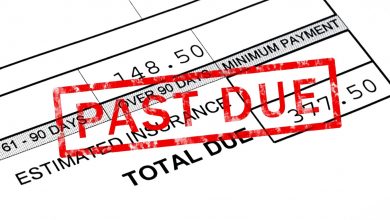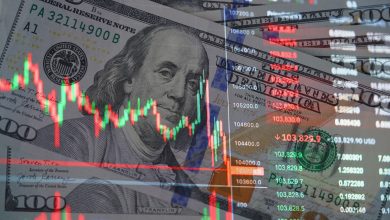Stagflation Warning Flashes As Economist Slams Trump’s Claims Of Falling Prices – Financial Freedom Countdown
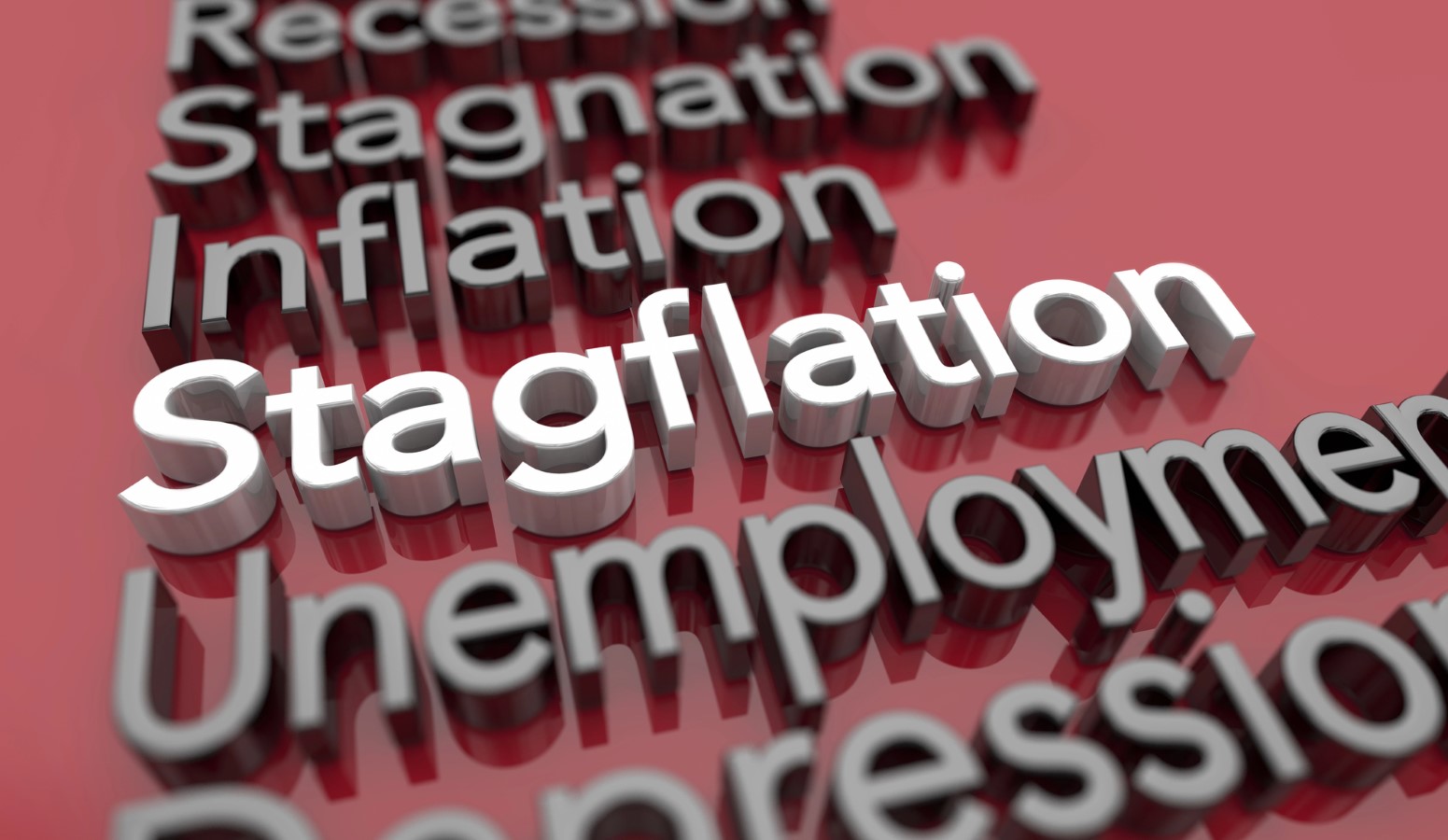
Economist Justin Wolfers sparked fresh alarm this week after warning that the United States is showing the “early stages” of stagflation; the toxic combination of high inflation and weakening economic growth.
His comments directly contradict President Donald Trump’s repeated claims that prices are dropping and the economy is strengthening under his second-term leadership.
Tariff Rollbacks That Don’t Change the Bigger Picture
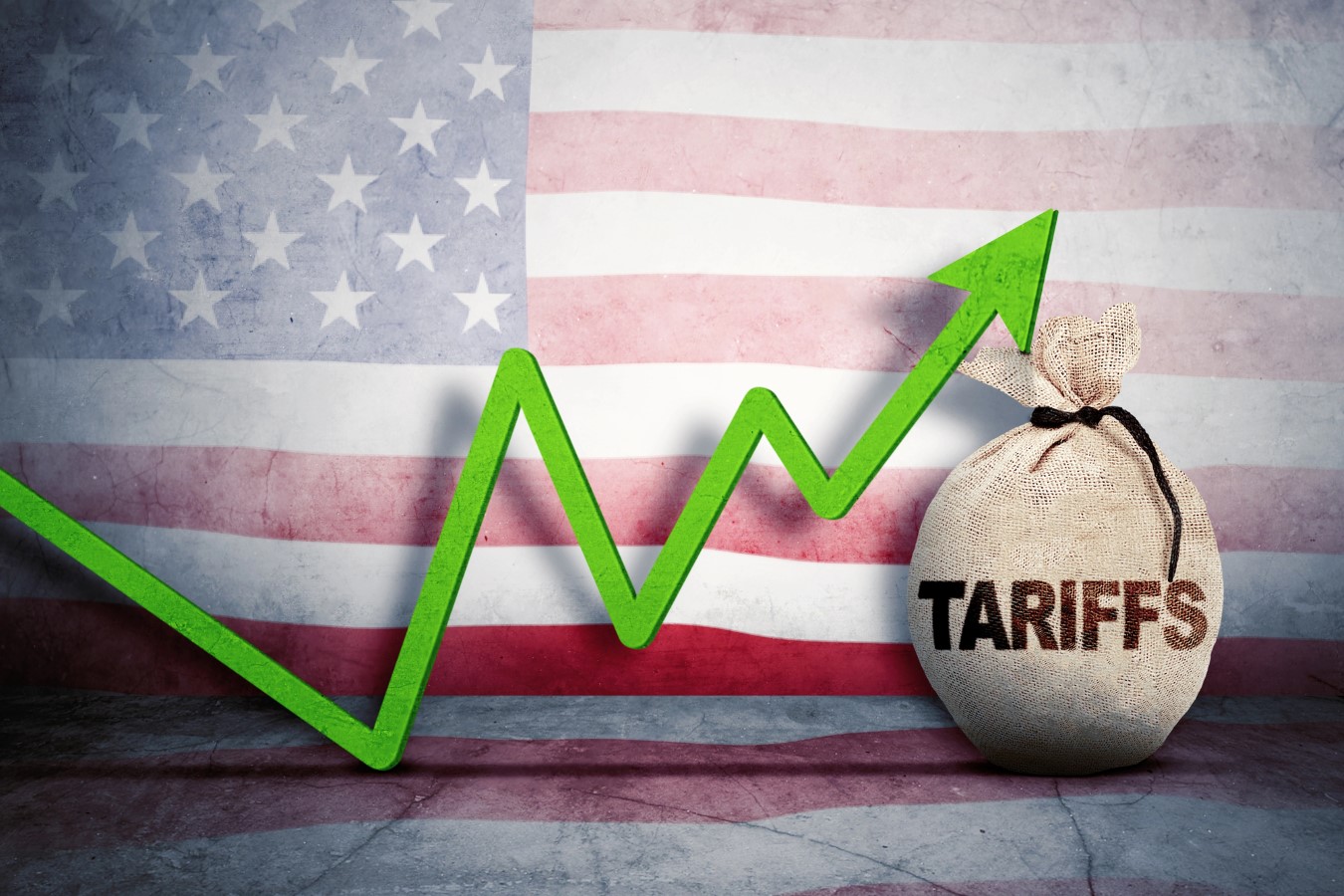
Trump recently rolled back tariffs on a small subset of consumer imports, including items like coffee and bananas. But Wolfers emphasized that these moves barely dent the broader tariff regime the administration has kept in place.
The vast majority of Trump-era and newly expanded tariffs remain intact, continuing to weigh heavily on domestic supply chains and consumer prices.
How Tariffs Create a Supply Shock

According to Wolfers, tariffs disrupt global supply links and “create what economists call a supply shock.” That shock forces U.S. producers to pay more for inputs, retailers to face higher wholesale costs, and households to absorb the impact at checkout.
The result isn’t just price hikes; it’s the combination of higher inflation and slower growth that defines stagflation.
Inflation Is Not Falling; It’s Stubbornly High

On ABC News, Wolfers corrected a widely circulating misconception: inflation isn’t accelerating, but it also isn’t easing back to pre-pandemic levels.
Instead, he described a period of “persistently high inflation”; the kind that keeps interest rates elevated, borrowing more expensive, and economic confidence fragile.
The ‘Stag’ Half: Rising Joblessness and Slower Growth

Wolfers said the more worrisome trend is emerging on the jobs and growth front.
While inflation remains elevated, unemployment has ticked up, hiring has cooled, and business investment has softened. “We’ve seen the early stages of what economists call stagflation,” he warned; a phase that could become far more severe if the tariff regime remains in place.
Trump’s Campaign Promise Meets Economic Reality
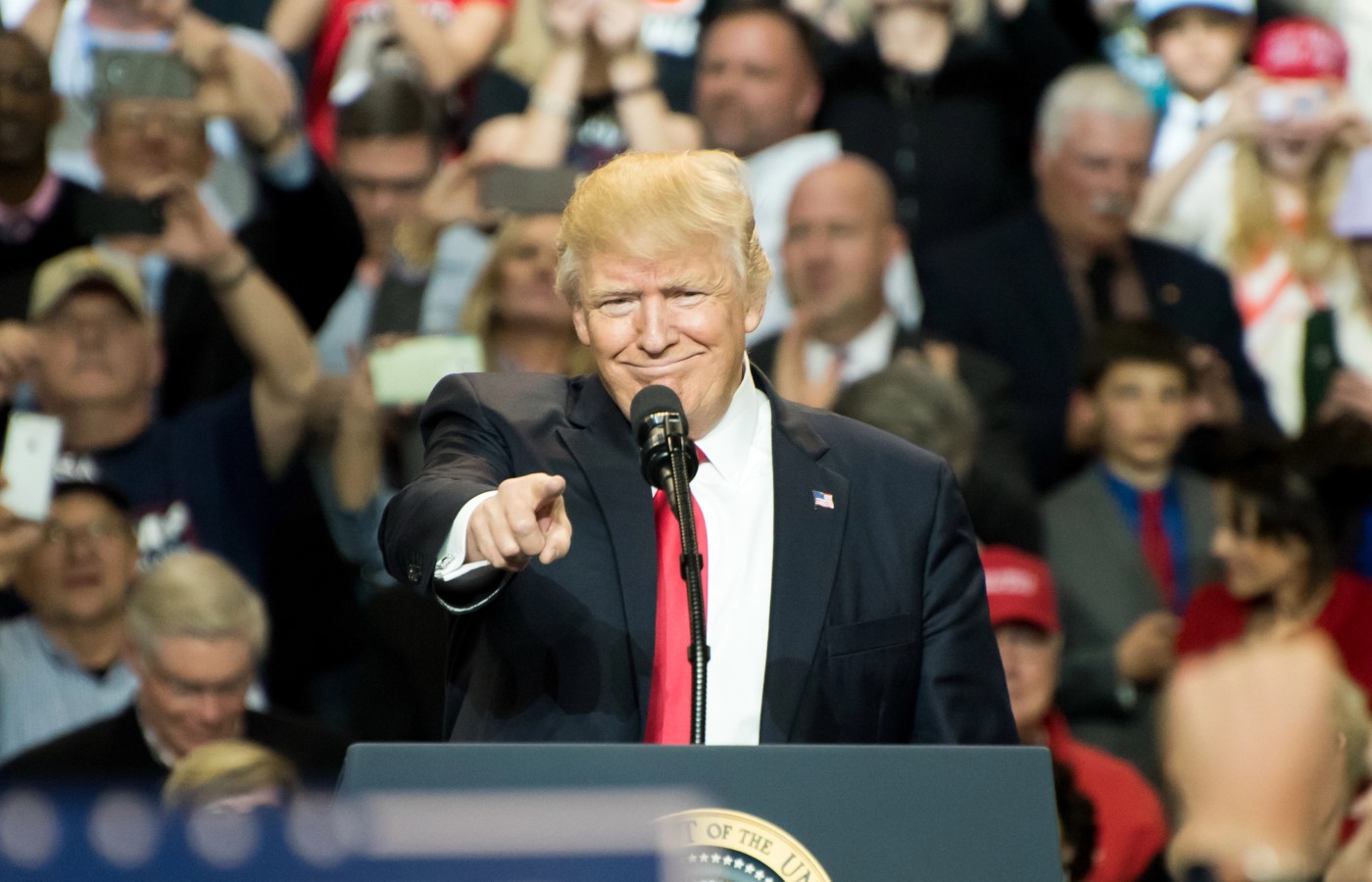
During the 2024 campaign, Trump pledged to “end inflation on day one.”
Since taking office, he has routinely claimed that “every price is down” and that everyday life is “far less expensive under Trump than it was under Sleepy Joe Biden.” Wolfers pushed back forcefully, saying prices are not falling and labeling Trump’s claim “such a lie that I worry there’s literally a break with reality inside the man’s mind.”
What the Official Data Shows
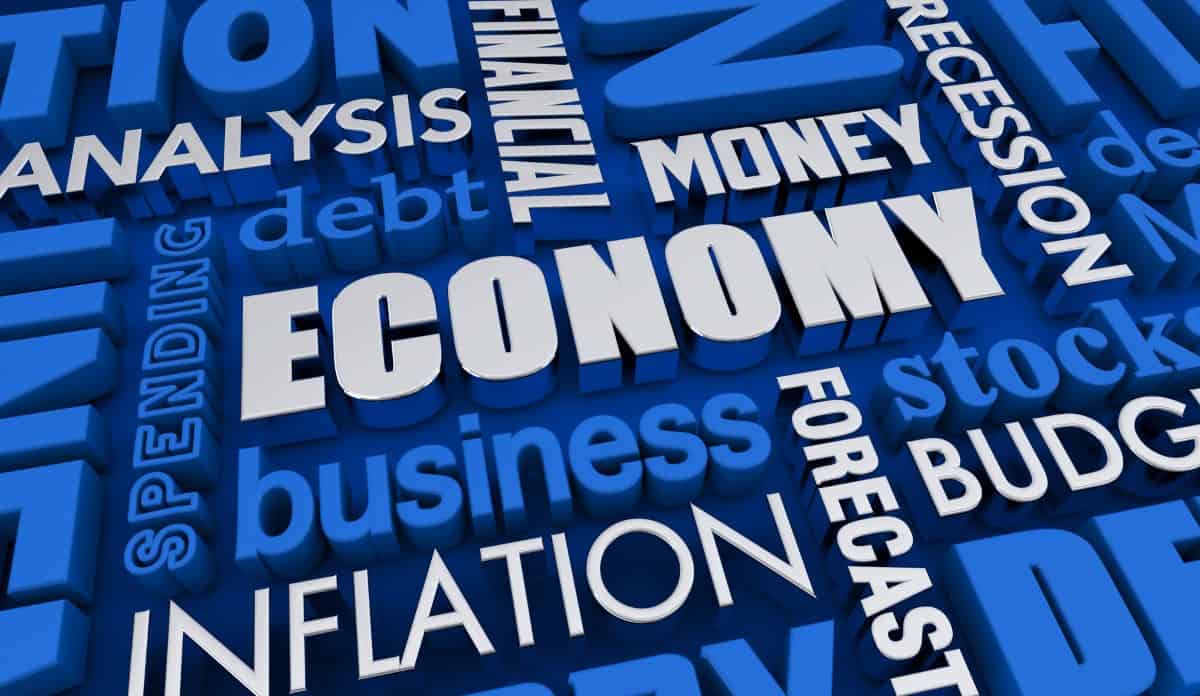
Bureau of Labor Statistics data shows broad-based price increases across almost every major category; from shelter and groceries to services like insurance and medical care.
Even categories benefiting from global commodity declines have seen only modest relief. Wolfers emphasized that the data directly contradicts Trump’s claims of falling prices.
The Debate Over “Cherry-Picked” Numbers

Several commenters argued that Wolfers, too, may be cherry-picking his preferred indicators. Ed Gresser, a longtime trade analyst, posted a counterpoint on X: the long-term manufacturing employment trend has been drifting downward since the late 2010s, well before the biggest waves of Trump’s tariffs.
He highlighted the collapse in manufacturing jobs during the 2008–2010 financial crisis, a slow Obama-era recovery, and a flat-to-downward trajectory since 2018; interrupted briefly by the lockdown V-shaped rebound.
But the Timeline Still Shows Tariff Impacts
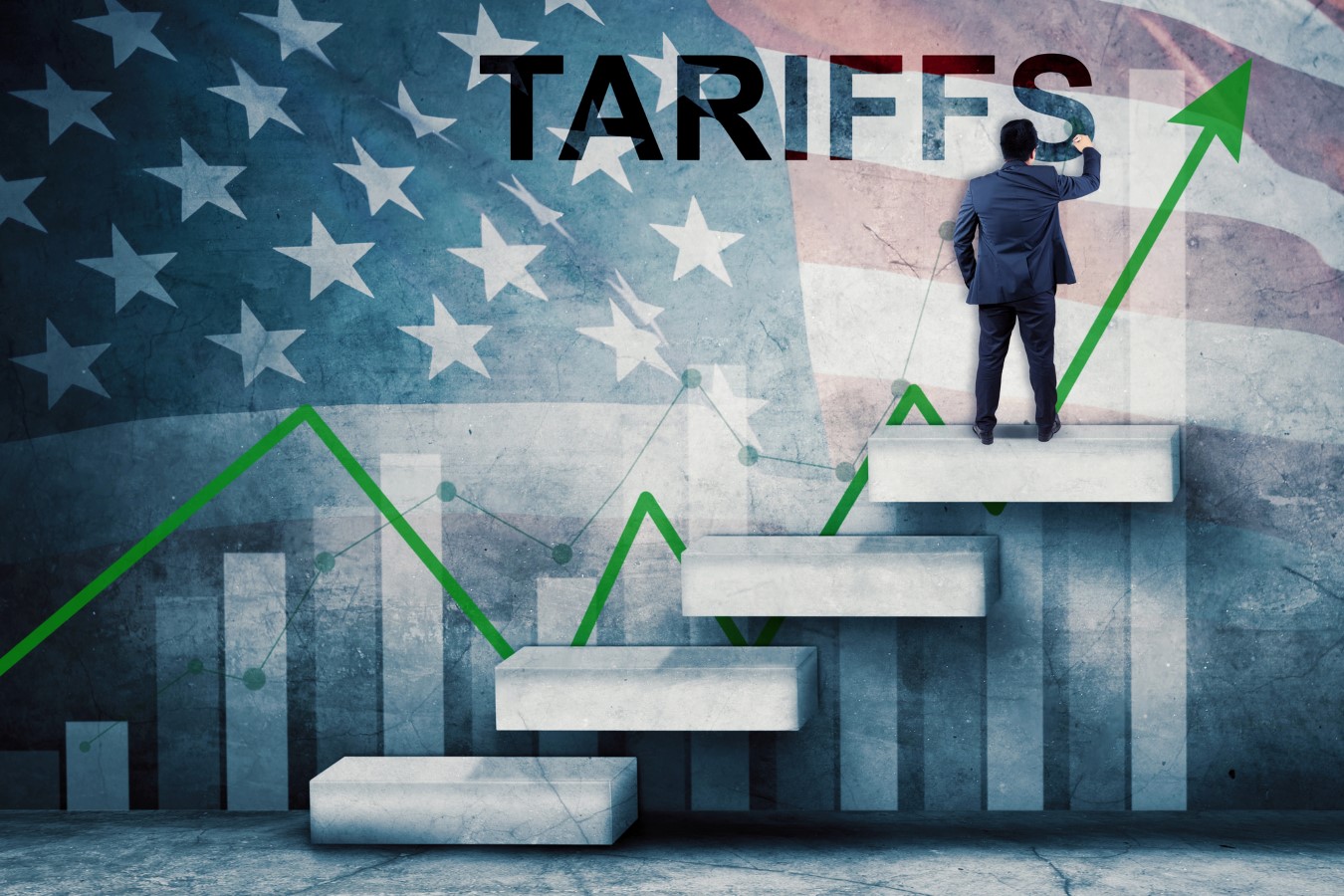
Gresser noted that the tariff surge; including Section 232, Section 301, and IEEPA authorities, began in mid-2018, aligning with early signs of manufacturing strain.
Economists remain divided on how much of the decline comes from tariffs versus automation, global competition, or cyclical slowdown. But most agree tariffs added extra pressure at a fragile moment.
A Growing Disconnect Between Policy and Perception

Wolfers’ central concern is the widening gap between economic claims and economic conditions. As prices continue to rise and growth slows, he argues that the White House narrative risks obscuring the structural challenges tariffs are creating. If policymakers misread the situation, the early-stage stagflation he warns about could intensify; with far higher costs for American families.
The 30% Rule is Dead: New Data Shows Buying a Home is ‘Mathematically Impossible’ in 47 Major Cities

The American Dream has hit a mathematical wall. For decades, the “30% rule” has been the standard of personal finance: never spend more than 30% of your gross income on housing. But a startling new report released proves that this advice is now obsolete for the vast majority of Americans. According to the latest data, 47 of the 50 largest U.S. metropolitan areas now require residents to spend significantly more than 30% of their income to afford a median-priced home. With mortgage rates hovering around 6.82% and home prices remaining stubborn, the gap between wages and real estate values has widened into a canyon. Here is a deep dive into the numbers, revealing the few remaining affordable havens and the coastal giants where homeownership has become a statistical impossibility.
The 30% Rule is Dead: New Data Shows Buying a Home is ‘Mathematically Impossible’ in 47 Major Cities
Think $32,000 Is Poverty? New Analysis Says Families Need $140,000 Just to Stay Afloat

Michael Green, portfolio manager and chief strategist at Simplify Asset Management, generated some controversy this week with his analysis trying to explain why the middle class is being squeezed. He warned that a long-ignored flaw at the heart of U.S. economic measurement has quietly broken the country.
Think $32,000 Is Poverty? New Analysis Says Families Need $140,000 Just to Stay Afloat
Millions Could Miss Out on a New $1,000 Federal Retirement Match. Check If You Qualify

Beginning in 2027, millions of lower- and moderate-income savers will qualify for what financial researchers are bluntly calling “free money.” The new federal Saver’s Match; created under the 2022 SECURE 2.0 Act will replace today’s underused Saver’s Credit with a far more powerful benefit: up to $1,000 deposited directly into your retirement account every year. Morningstar’s early modeling suggests that eligible participants could see retirement wealth jump as much as 12%, a remarkable return for a program few Americans have even heard of.
Millions Could Miss Out on a New $1,000 Federal Retirement Match. Check If You Qualify

John Dealbreuin came from a third world country to the US with only $1,000 not knowing anyone; guided by an immigrant dream. In 12 years, he achieved his retirement number.
He started Financial Freedom Countdown to help everyone think differently about their financial challenges and live their best lives. John resides in the San Francisco Bay Area enjoying nature trails and weight training.
Here are his recommended tools
Personal Capital: This is a free tool John uses to track his net worth on a regular basis and as a retirement planner. It also alerts him wrt hidden fees and has a budget tracker included.
Platforms like Yieldstreet provide investment options in art, legal, real estate, structured notes, venture capital, etc. They also have fixed-income portfolios spread across multiple asset classes with a single investment with low minimums of $10,000.


